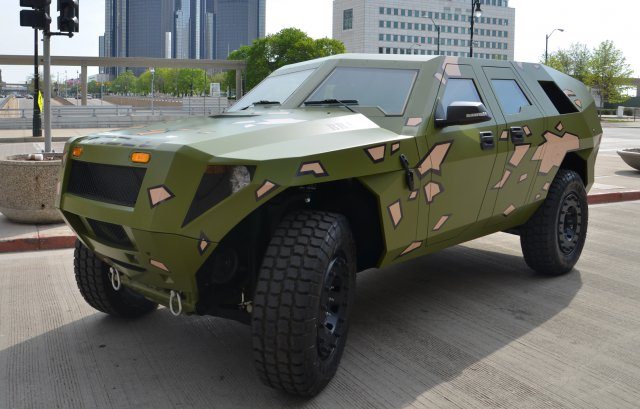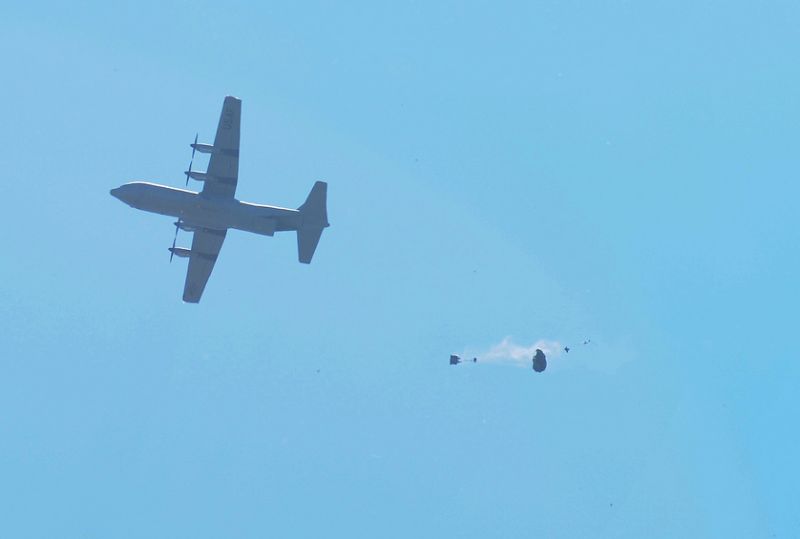This week the Army debuted its latest concept vehicle that not only significantly improves upon fuel economy, it also has the capability to generate and export electric power to Soldiers in austere locations like Afghanistan.
Following the grand opening of the arsenal’s high-tech lab last week, the Fuel Efficient ground vehicle Demonstrator (Bravo version), or FED Bravo, was displayed to the public at the Society of Automotive Engineers 2012 World Congress, April 24-26. The FED Alpha concept vehicle shown to the public last fall was fuel-efficient, but could not export power like the Bravo version.
When FED Bravo plugs into a microgrid, it’s capable of providing power that can be used at forward operating bases and other small military outposts, officials said, significantly reducing power requirements and helping Soldiers to be more efficient.
True to the Society of Automotive Engineers 2012 theme, “Get Connected,” the Army collaborated with students at the College for Creative Studies, or CCS, in Detroit to design the concept vehicle. CCS has a thriving, highly respected automotive design program to feed the styling studios of the Big Three auto manufacturers, Ford, General Motors and Chrysler. A group of 18 CCS students designed FED Bravo to meet specific Army requirements for fuel economy, performance, protection, payload and interior layout.
FED Bravo was funded by the Defense Department and developed by engineers at the Army’s Tank Automotive Research, Development and Engineering Center in Warren, Mich., along with industry partner World Technical Services, Inc.
TARDEC has had a significant presence at the World Congress auto show. In addition to the public’s introduction to FED Bravo this year, its display also featured a small TM3 microgrid system to which the vehicle could provide power.
FED Bravo sports a Ford 4.4-liter twin turbocharged V8 diesel engine capable of producing 268 hp. Other features include:
- Road-coupled parallel hybrid drive system. The front axle is powered by an electric motor, while the rear-wheel drive is linked to a hybrid fuel-powered and electric system.
- Integrated starter-generator that shuts off the engine during idle time and restarts it when the driver presses the accelerator which improves fuel economy and reduces emissions.
- Six-speed auto transmission coupled with an advanced lithium-ion battery with high energy and power density.
- The full-power hydraulic brake system with antilock brakes is combined with the vehicle’s steering system to supply the hydraulic pressure demands for the steering, eliminating a second pump and improving efficiency.
- Carbon ceramic brake rotors with advanced coating for durability, plus low-drag aluminum brake calipers.
- Tubular space from chassis for better rigidity-to-weight ratio combined with armored cab and V-shaped hull for protection from blasts.











